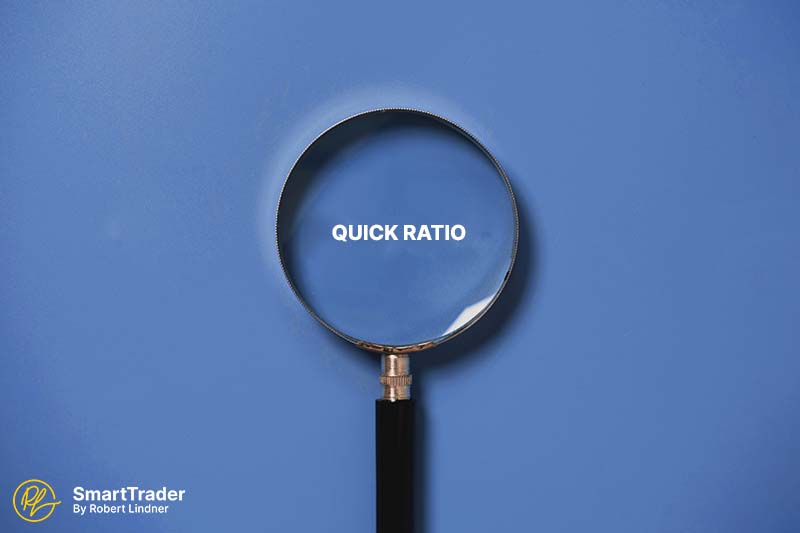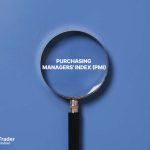[‘kwik ‘ra-she-,o]
The Quick Ratio, also known as the Acid Test Ratio, is a financial metric used to evaluate a company's ability to pay its short-term obligations with its most liquid assets.
What is Quick Ratio?
The Quick Ratio (QR), also referred to as the Acid Test Ratio, is a financial ratio that is utilized to assess a company's capability to satisfy its short-term financial liabilities using its most liquid assets. This ratio is particularly useful in determining the company's ability to promptly meet its financial obligations without having to sell off its inventory or other less liquid assets.
The formula for the quick ratio is:
Quick Ratio = (Current Assets – Inventory) / Current Liabilities
Current assets include cash, marketable securities, and accounts receivable, while current liabilities include accounts payable, taxes owed, and other short-term debts. By subtracting inventory from current assets, the QR focuses on assets that can be easily and quickly converted to cash to meet immediate financial obligations.
A high QR is generally considered a good indication of a company's ability to pay its short-term obligations without having to sell inventory or other less liquid assets.
Key Takeaways
- Quick Ratio is a metric that helps in evaluating a company's liquidity position. It measures the ability of a company to pay off its short-term liabilities using its most liquid assets.
- Quick Ratio is a more conservative measure of liquidity than the Current Ratio as it excludes inventory from the calculation. This is because inventory may not be easily converted into cash in the short term.
- Quick Ratio is used as a benchmark by investors, analysts, and creditors to assess a company's ability to meet its short-term obligations. A high QR indicates that a company is likely to have enough cash to meet its obligations, while a low QR may raise concerns.
Example of Quick Ratio
Company ABC has the following assets and liabilities on its balance sheet:
- Current Assets: $100,000
- Inventory: $20,000
- Accounts Receivable: $30,000
- Cash and Cash Equivalents: $50,000
- Current Liabilities: $60,000
To calculate the QR, we first need to subtract Inventory from Current Assets, as inventory is not considered a highly liquid asset. So the quick assets of Company ABC are:
Quick Assets = Current Assets – Inventory
Quick Assets = $100,000 – $20,000
Quick Assets = $80,000
Next, we can use the formula for QR:
QR = Quick Assets / Current Liabilities
QR = $80,000 / $60,000
QR = 1.33
In this example, Company ABC has a QR of 1.33, which indicates that it has enough liquid assets to pay off its short-term obligations.
Back to Glossary.




